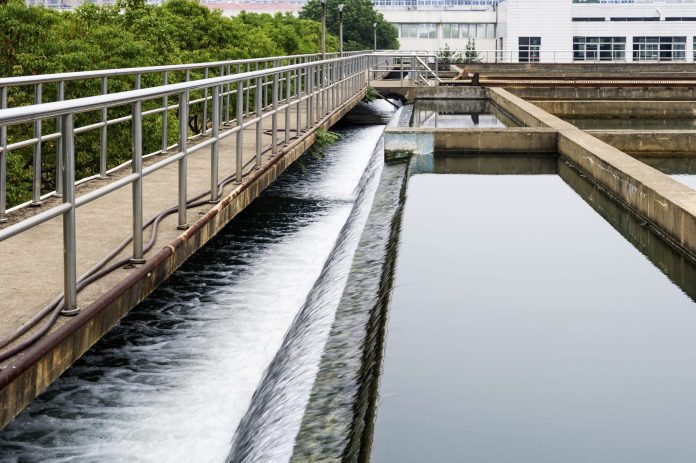Japanese company Kurita Water Industries has been working with compatriot firm Toshiba and U.K.-based telecom operator Vodafone in a project dubbed S.sensing, which monitors water treatment data remotely, and controls chemical dosing in real-time according to changes in water quality.
Kurita plans to expand S.sensing into 30 countries around the world in about 10,000 locations.
Kurita launched remote water monitoring treatment conditions in the 1990s. However, as this remote monitoring technology spreads to more customers, it needed to obtain greater quantities of data even more quickly. At this point Kurita’s conventional remote monitoring system faced difficulties in attempting to satisfy that need. Kurita sent out a Request for Proposals (RFP) to several companies, including Toshiba and Vodafone, seeking a proposal that would evolve S.sensing into a remote monitoring system that could provide high customer satisfaction throughout the world.
Some of the conditions required for its new S.sensing system included a secure system that could digitally check water treatment conditions in real-time, anywhere in the world; a web portal with good visibility, operability and ease of use; potential to cut communication and operating costs, and a system that could provide high added value through automatic analysis of the collected data.
“Our M2M/IoT application has been very successful in Japan, but this project was our first actual expansion overseas. We thought we’d be able to gain an advantage in winning public tenders by collaborating with Vodafone, with its thorough knowledge of communications in countries around the world, its global network and extensive proven success,” Toshiba Project Manager Kazutoshi Nagano said.
“Combining the compression and encryption technologies developed by Toshiba with Vodafone’s global communications terminals would achieve flexible data communication at global level and at low cost, and we felt there were great advantages in that,” Kurita Project Manager Kuniyuki Takahashi said.
The communications terminal used in this project is MachineLink 3G Plus, developed especially for internet of things applications. When loaded with the Vodafone IoT global SIM, and with a variety of connection interfaces, the customers’ assets can be connected to the internet. The terminal also has telecommunications certification in the major countries, and can run the customers’ applications on the pre-loaded Linux operating system.
The Vodafone Managed IoT Platform incorporates the necessary functions for communications management, including SIM activation, communication volume verification as well as alerts when a certain volume is exceeded. Additionally, a web and Application Programming Interface (API) allows customers to manage which carrier they use and changes in communication rates.
With its updated system, and having expanded globally, S.sensing can obtain measurement data and information about the water treatment situation in real-time, digitally, from anywhere in the world, as long as it has an internet connection. Kurita’s system can be operated from a PC, a smartphone or tablet. “Our goal is to introduce S.sensing in many locations overseas and become a top class water treatment chemical business. Toward that end, S.sensing must continue to evolve into a system that responds to our customers’ needs at a very high level. We’re counting on the efforts of Toshiba and Vodafone to help us achieve this,”Takahashi said.
Under this project, Vodafone will work on increasing its ease of use and advantages, for example, with smooth switching of communication speed to 4G and 5G, and customization according to clients’ conditions.
“With the acquisition of Vodafone as a strong partner, we have great expectations for the future development of our global business. We’d like to work with them on other needs such as narrow band IoT and satellite communications,” Noriyasu Okitani, Head of Toshiba’s IoT & Media Intelligence Business Creation Division, said.

